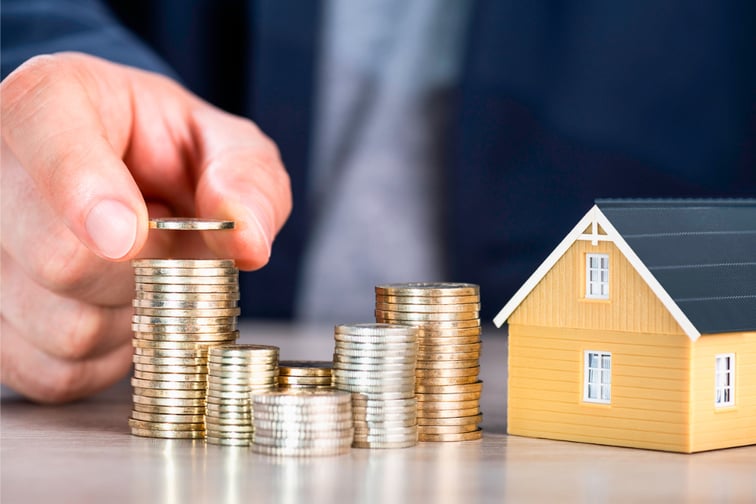

Spending patterns have normalised post-COVID, with strong increases in travel and entertainment activity alongside weaker spending in most categories, according to the latest CommBank HSI Index data.
After reaching a record high in March, the CommBank Household Spending Intentions (HSI) Index fell by 3.8% to 112.3 in April, led by falls in home buying, health and fitness, and transport spending. Travel, entertainment, and retail sectors, meanwhile, saw an increase in spending.
Home-buying spending was down by 21.5% after gains in February and March, and was 13.1% lower than in April 2021. Health and fitness spending dropped by 14%, but was still up 2.9% year-on-year. Transport spending saw an 8.6% drop, largely due to the reduction in the petrol excise and lower fuel costs, but remained 13.5% higher over the year.
Travel spending gained 10.6% during the month and 41% on April 2021, reaching a new record high in April and exceeding its pre-COVID peak. This result was driven largely by increased spending on travel agents, airlines, cruise ships, tourist attractions, hotels and motels, and bus lines. There has been a decline, meanwhile, in camper and RV rentals, reflecting changing travel patterns with the reopening of state and international borders.
Entertainment spending was up by 6% in April, due to increased activity in record stores, concerts, and theatre alongside eating and drinking out, but was 1.8% lower year-on-year. Retail spending, on the other hand, saw a 0.3% lift in normally a seasonally weak month.
Belinda Allen, Commonwealth Bank of Australia senior economist, said the seasonal volatility of April data due to additional public holidays meant that year-on-year movements better reflected the state of the economy, with the CommBank HSI Index up by 5% on April last year.
“With an interest-rate hiking cycle now underway, the Australian economy is in a strong position,” Allen said. “We are seeing a post-COVID normalisation of consumer spending patterns, with lower spending on categories that increased during lockdowns, like health and fitness, while higher travel and entertainment spending reflects more people being out and about. We expect a fairly shallow hiking cycle, with further interest rate hikes in June, July, August, and November 2022 and one final hike in February 2023 taking the cash rate to 1.6%. Going forward, it will be important to watch discretionary spending categories like home buying, motor vehicles, retail, and entertainment to judge the impact of interest rate rises. Households have accrued a very high level of savings during COVID, the labour market remains tight and wages growth is accelerating. These factors will assist families with higher mortgage repayments over coming months.”
